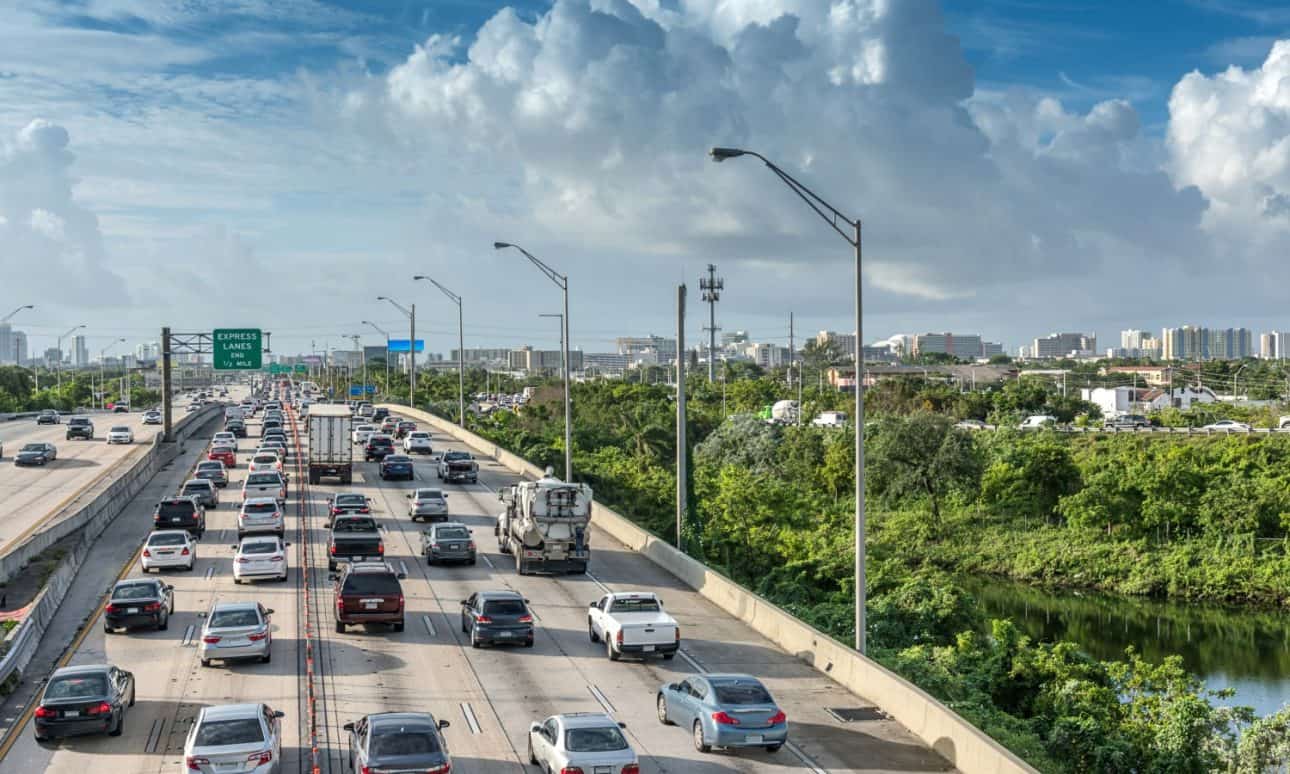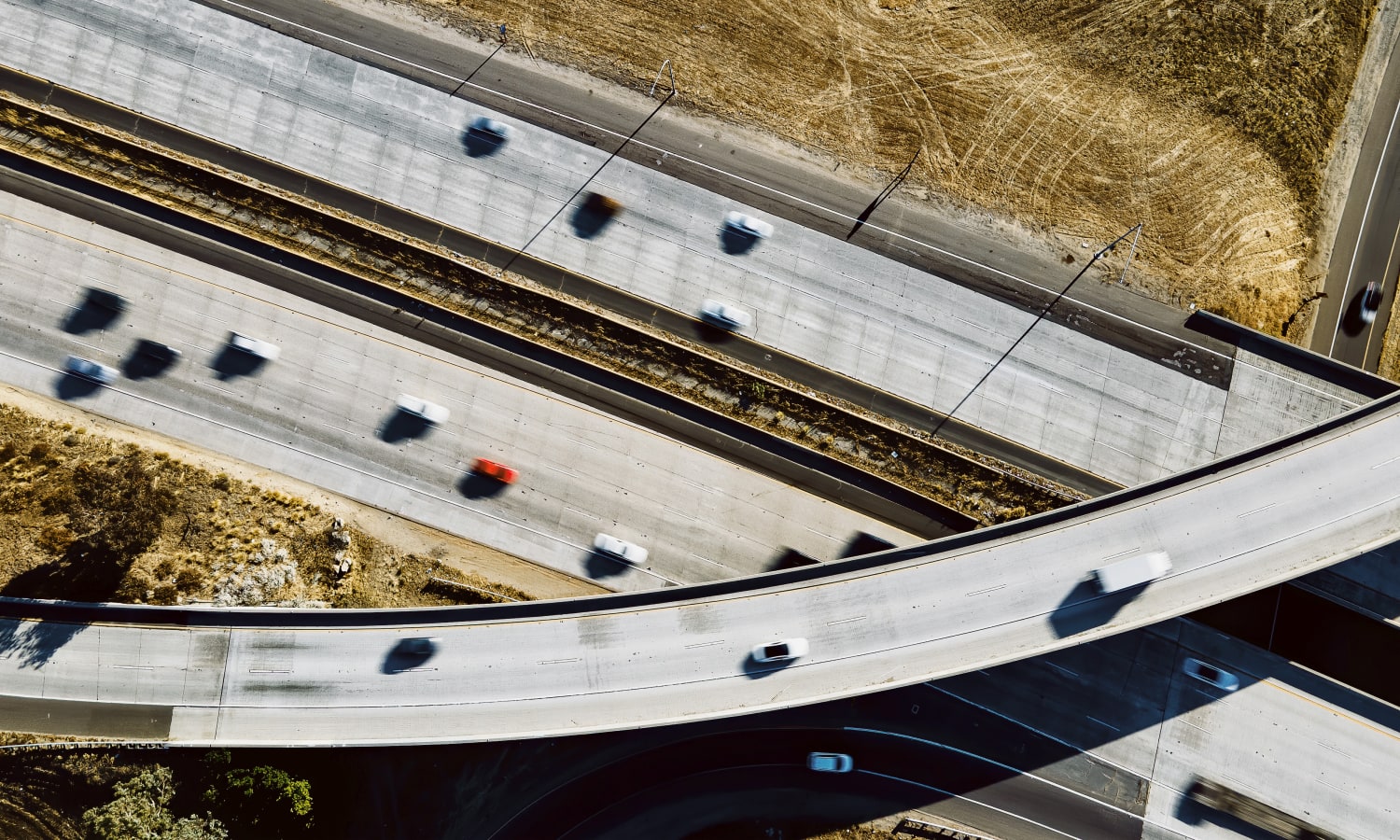New Study Reveals State-by-State Safety Benchmarks: Altitude by Geotab Presents Insights at TRB 2025
Learn about Geotab ITS’ rebrand to Altitude by Geotab and view our Digital Privacy white paper.

Your transportation department is on a never-ending journey; constantly adapting its priorities, budgets and assumptions to reflect the nature of your city, municipality or region.
And the pandemic pressed the fast-forward button – presenting departments like yours with their biggest challenges yet. Here are just three of the biggest infrastructure obstacles affecting traffic flow in the U.S.
During 2020, many businesses embraced remote working almost overnight – undermining many peoples’ main reason for living in a big city.
This break from the office, coupled with other pandemic-related influences, led many people back to suburban or rural areas to be with family or to enjoy more space.
As a result, 30% more Americans moved during fall 2020 compared to fall 2019. Naturally, this led to a significant drop-off in traffic across U.S. cities. Of the 10 cities globally with the most days of below-normal traffic congestion in 2020, nine were in the U.S.
This has led to challenges for traffic departments who look after suburban and rural areas, as they adapt to higher levels of congestion. One such area is the suburban counties surrounding New York City, which saw a 44% bump in home sales in July 2020 compared to July 2019.
As a result, commuter routes from suburban areas into cities are also expected to come under new strain, and may require new investment. While commuting seems unlikely to return to pre-pandemic levels in the foreseeable future, more and more office workers will return as time goes by. About 28% of New York’s office workers were back in the office as of September 15. With this in mind, Departments of Transportation will need to keep a close eye on shifting commuting habits as well as population density.
The timing of these commutes will be almost as important as the volume. During 2020, a study of 387 U.S. cities showed a 28% average decrease in congestion during rush hour.
And while this figure will have been skewed by lockdown, the increase in remote and flexible working will mean that rush hours will continue to be less busy than they once were.
By the end of 2021, the number of people working in permanent remote positions will have doubled compared to pre-pandemic levels.
For many Departments of Transportation, this has turned their biggest problem – rush hour traffic – into something far lower down their list of priorities. This means many departments will need to analyze their regions to uncover the new or rising traffic-related events that are affecting their traffic.
It’s not just the redistribution of traffic that’s causing challenges for transportation departments – it’s the type of traffic.
eCommerce was already growing year-on-year, but COVID-19 massively accelerated its growth; total online spending in May 2021 hit $82.5 billion, up 77% year-over-year.
Meanwhile, food business delivery revenue surged 103% during the pandemic, with food delivery apps at the center of this growth. This means commercial traffic of all shapes and sizes – from 18-wheelers to vans, cars and mopeds – is likely to have increased.
It looks like this trend is here to stay, too: the Adobe Digital Economy report predicts that Americans will spend $1 trillion online in 2022, a record amount.
Some Departments of Transportation may have to consider implementing new drop-off zones for curbside delivery and last mile delivery to help ease delays caused by commercial vehicles stopping to deliver goods.

Transportation infrastructure in the U.S. has long been underfunded – forcing many departments to delay road repairs and replacements until absolutely necessary. This can have a negative effect on traffic flow, as drivers slow down or swerve to avoid potholes or other defects.
According to Bloomberg, “U.S. airports, roads and public transportation draw frequent comparisons to those in nations with far fewer resources”, while “countries in Europe, Asia and the Middle East have leapt ahead with so-called smart cities, high-speed trains and eco-friendly buildings.”
There’s data to back this up, too. In 2019, the U.S. ranked thirteenth in the world in infrastructure quality according to the World Economic Forum’s Global Competitiveness Report – down from fifth place in 2002. This is despite the Forum naming the U.S. as the second most competitive economy on the planet overall.
But things could be changing. The government has requested $88 billion be allocated to the Department of Transportation’s 2022 budget for what they’re calling a “once in a generation investment” in infrastructure.
If these funds are approved, Departments of Transportation may have the resources they need to take a proactive approach to improving traffic operations and overall traffic flow, rather than a reactive one that focuses on immediate needs.
In turn, they’ll be able to build infrastructure for the evolved and evolving world. Whether it’s a personal vehicle making deliveries that would have historically been made by a heavy duty truck, or a one-time office worker who now only ‘commutes’ once a week, road users will be empowered to travel in a way that reflects the new reality.
Once you can look beyond necessary repairs, your department can make strategic investments that will benefit the local infrastructure and economy for years to come.
Managing transportation networks is a constant race to keep up with the ever-changing nature of towns and cities. But since the pandemic, the nature and pace of this change has accelerated.
We’re seeing new challenges and opportunities emerge on a regular basis. And it’s getting harder to predict what will happen next.
The best way to capitalize on this change is to get your hands on the right data. When you’re equipped with accurate, wide-ranging, up-to-date data that’s rich in context, you can spot medium and long-term trends – and adjust your investments accordingly. In turn, you’ll help to create better places to live, work and travel.
Altitude by Geotab provides you with rich commercial and consumer vehicle insights for smarter traffic planning and management. You can find out more about the future of traffic data here.